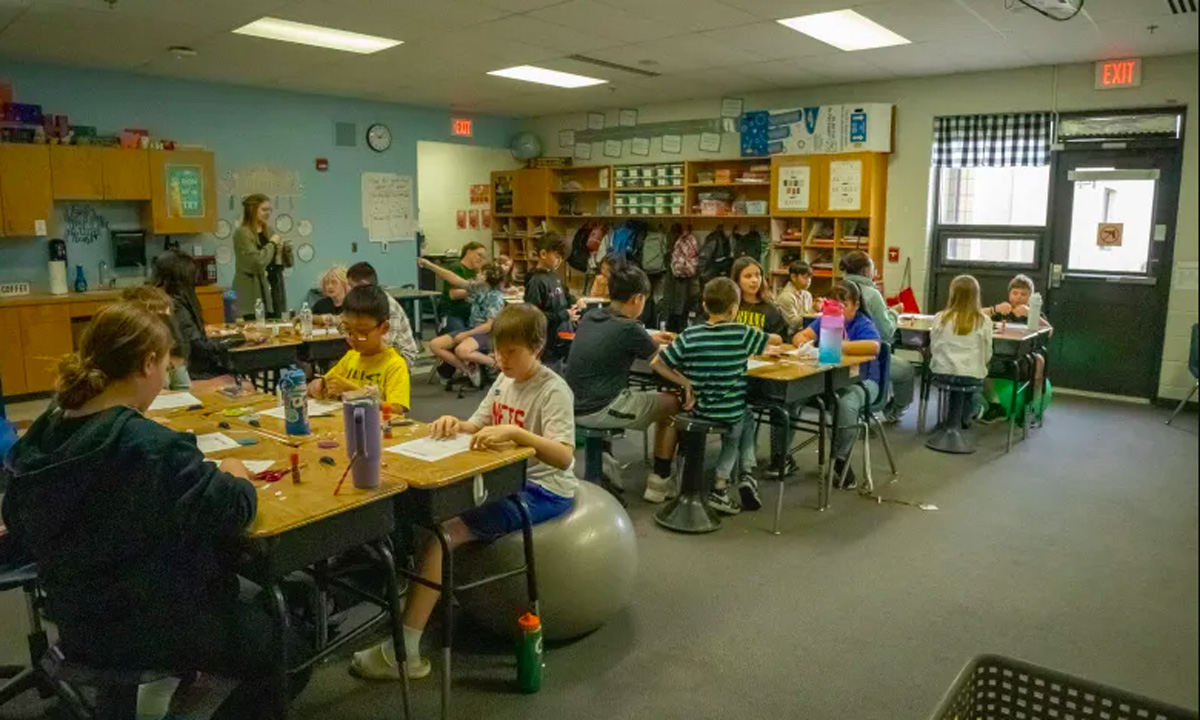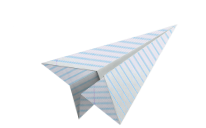Kansas Sees 12,000-Student Increase in Special Education Over the Past Decade
Districts are struggling to find qualified special education teachers.

Get stories like this delivered straight to your inbox. Sign up for The 74 Newsletter
There were 82,000 special education students in Kansas public schools in 2024-2025. That’s 12,000 more than a decade ago.
The 12,000-student increase is not a massive share of the 500,000 students in Kansas public schools. But the steady increase in special education students is making more demands on already overworked teachers.
“We are feeling that as a district,” said Ryan Alliman, executive director of student support services at Wichita Public Schools.
The increase contributes to a broader trend in education. Teachers are handling more students with less help, leading to longer days and more stressful work. Districts are trying to hire additional staff, but they can’t find qualified applicants.
It’s a cycle that leads to burnout.
“I understand that it might sound like a broken record,” Alliman said. “I do think burnout is a thing with our teachers.”
From 2015 to 2025:
- Wichita Public Schools went from 7,035 Individuals with Disabilities Education Act students, or IDEA, to 8,479 IDEA students.
- Olathe went from 3,720 IDEA students to 4,638 IDEA students.
- Shawnee Mission went from 2,601 IDEA students to 3,294 IDE students.
- Blue Valley went from 2,320 IDEA students to 3,066 IDEA students.
Teaching is not easy, but special education teachers face unique challenges. A Texas-based teacher was killed when a student pushed them over. Others have concussions, bite marks and bruising from managing students.
These students aren’t all dangerous, teachers told Texas Public Radio. But these student populations may need more staff on hand. Sometimes that’s staff to take kids to the bathroom or manage behavioral outbursts.
“They may need an out-of-class cooldown,” a teacher told Texas Public Radio. “Well, then one person goes with them, and it leaves only one person left in the classroom. And then without extra staff there’s no moving anyone around. We have to call someone from somewhere else, and then now they’re short staffed.”
JaKyta Lawrie, executive director of special education at Kansas City, Kansas, Public Schools, said the steadily increasing number is due to earlier identification of students who need extra attention, increasing complexity of student needs and improved awareness with families and teachers.
Her district also has seen an increase in special education students in the past few years, though the overall number has slightly dropped over a 10-year period.
The increasing demand has been impacting staff, Lawrie said, and the district has hired contractors to fill gaps. The district is trying to beef up recruiting efforts by working with universities and increasing support to retain staff. Wichita Public Schools have offered additional pay to special education staff.
Sara Schwerdtfeger, dean of the teachers college at Emporia State University, said her university is getting a lot of requests from across the state for special education teachers. A wave of retirements after the COVID pandemic has increased the demand for teachers.
Teachers can’t just grab a special education degree at the drop of a hat. It takes additional education, which varies but is about two years on average, Schwerdtfeger said.
Emporia State is rolling out a new degree program and accelerated courses to help students get into the field faster. And there is reason to be optimistic.
Schwerdtfeger said more prospective education majors are interested in special education. That could address the shortages, but this is far from the final solution.
“Wouldn’t it be great if it was just a one-answer-fits-all kind of thing?’” she said. “There is a teacher shortage in the state of Kansas. So if these teachers that could be filling general education (openings) … are sliding over to the special education area, that’s going to leave a gap in other areas.”
This article first appeared on Beacon: Kansas and is republished here under a Creative Commons Attribution-NoDerivatives 4.0 International License.![]()
Get stories like these delivered straight to your inbox. Sign up for The 74 Newsletter

;)